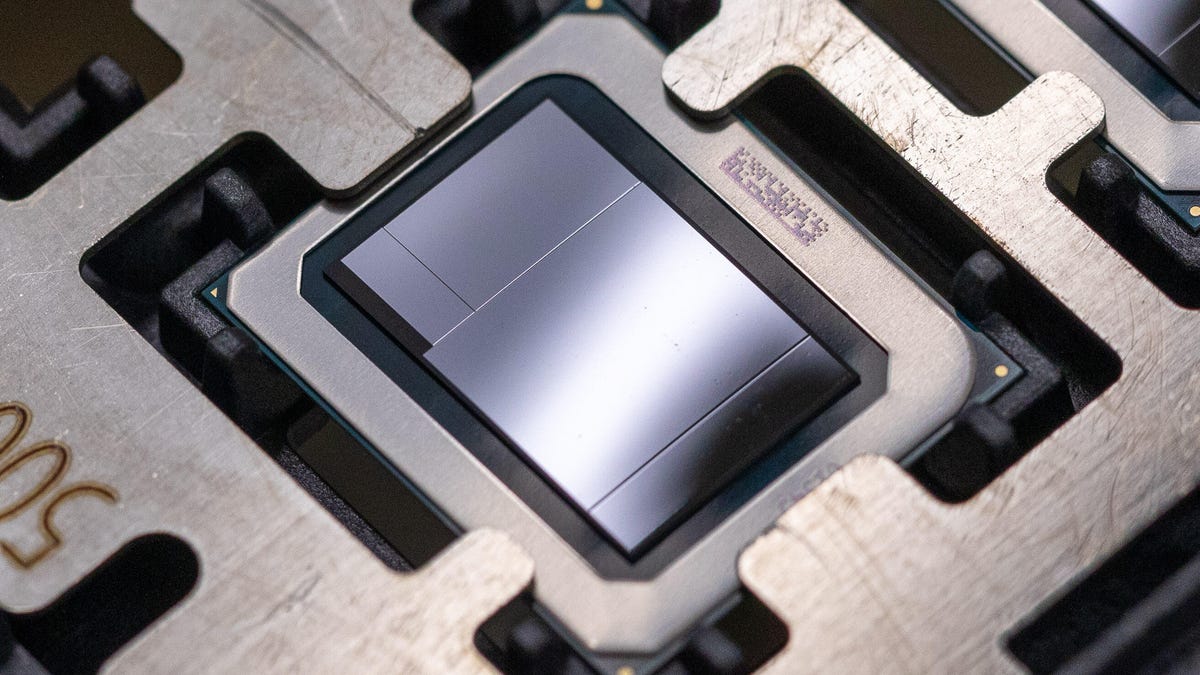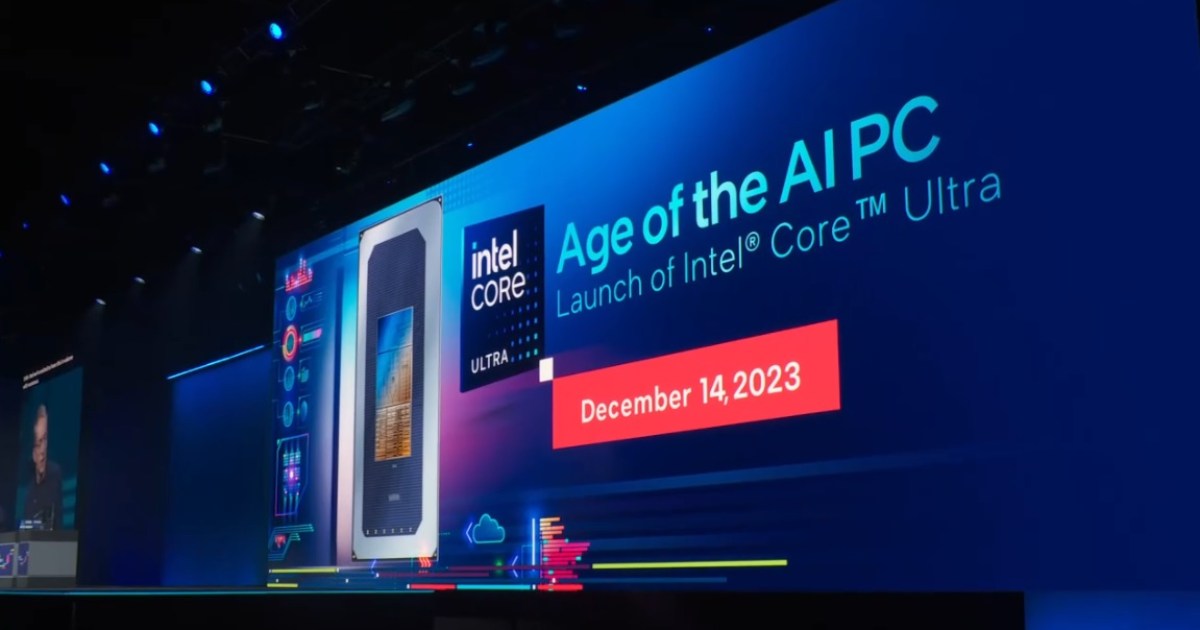Neuralink, led by Elon Musk, recruiting for initial human trials | ENBLE
Neuralink, led by Elon Musk, recruiting for initial human trials | ENBLE
Introducing Neuralink’s Ambitious Brain-Computer Interface: A Window into the Future

Elon Musk’s Neuralink company has taken a remarkable step forward in its quest to develop a brain-computer interface (BCI) by announcing that it is now accepting applications from human subjects willing to have its experimental N1 computer interface implanted in their brains. This exciting development comes as Neuralink prepares to conduct its first in-human study, called PRIME (Precise Robotically Implanted Brain-Computer Interface), which aims to pioneer groundbreaking technology that can revolutionize the way people with neurological conditions interact with the world around them.
Neuralink is specifically looking for individuals suffering from quadriplegia due to cervical spinal cord injury or amyotrophic lateral sclerosis (ALS) to participate in the study. Candidates must be at least 22 years old and have a consistent and reliable caregiver. While Elon Musk had previously expressed his intention to have the device implanted in his own brain, it is unlikely that he will be part of the first group of participants in the PRIME study.
Formed in 2016, Neuralink has been dedicated to the development of a technology that bridges the gap between the human brain and a computer interface. This revolutionary system aims to enable individuals with neurological conditions, such as paralysis, to communicate and control various devices solely through their thoughts. Imagine being able to operate a smartphone or computer just by imagining the movements of your hand! However, Elon Musk’s ambitions don’t stop there. He envisions a future where this technology could equip humans with “superhuman cognition,” unlocking untapped potential within our brains.
Before Neuralink embarks on the journey towards achieving these lofty goals, the company is determined to ensure the safety and efficacy of its N1 implant and R1 surgical robot through the PRIME study. This research study also aims to assess the functional capabilities of its brain-computer interface, which would allow individuals with paralysis to control external devices using their thoughts.
The process involved in the PRIME study is quite fascinating. Neuralink plans to use the R1 robot to delicately place the N1 implant’s ultra-fine and flexible threads within the region of the brain responsible for movement intention. Once in place, the N1 implant is virtually invisible and wirelessly transmits recorded brain signals to an app that decodes the user’s intentions. The initial goal of Neuralink’s brain-computer interface is to grant people the ability to control a computer cursor or keyboard using their thoughts alone.
With the investigational device exemption (IDE) approval from the FDA received in May, the PRIME study is a significant milestone for Neuralink. It marks a major step forward in the development of a generalized brain interface that can provide autonomy to individuals with unmet medical needs.
It’s worth noting that Neuralink has faced criticism for its use of animals in its research. The company has defended its practices, stating that it always treats animals with care. In response to allegations that 15 out of 23 implanted monkeys have died, Elon Musk clarified that no monkey has died as a result of a Neuralink implant. He explained that terminally ill monkeys were used in the early stages of animal trials to minimize the risk to healthy ones.
While Neuralink works towards realizing its vision, it is important to acknowledge that other companies, such as BrainGate, have made significant progress in similar technologies. BrainGate has already enabled a paralyzed individual to communicate his thoughts by converting imagined handwriting into text.
Admittedly, it is still early days for Neuralink, but there is immense hope that their pioneering technology could one day deliver real-world benefits to people with paralysis. Perhaps it may even go beyond and fulfill Elon Musk’s grand hopes of achieving something far greater. The possibilities are limitless, and Neuralink’s brain-computer interface holds the key to unlocking a future where the power of the human mind can shape and transform our world like never before.
Sources: – Neuralink Website – Neuralink Monkey Playing Pong Video






